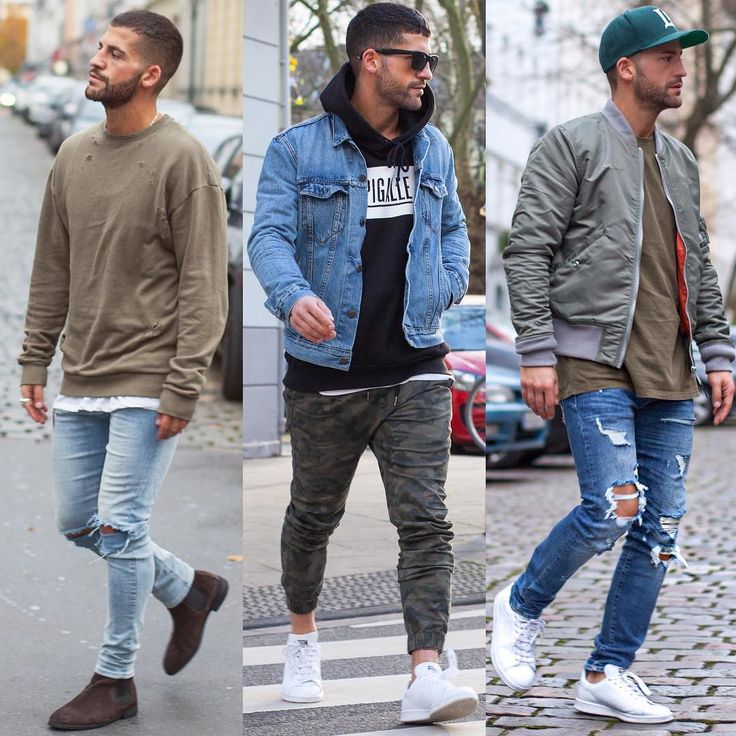Street Wear – What Does the Future Hold?
With its original roots in the skateboarding scene of the early 1980s and the hip hop scene of the mid 1980s, street wear has always been one of the prominent fashion trends amongst the youth of the world. While sneakers, baseball caps/skullcaps and jeans are trademark items also associated with this subculture, the designer graphic t-shirt has emerged as the leader in the street wear retail market. With hundreds of designer t-shirt companies throughout the United States alone, the average consumer of this fashion style has literally thousands of choices at their disposal through online retail websites with a simple click of a button.
The current crop of street wear runs the gamut from higher-end tattoo-art inspired labels and mixed martial arts labels to the abundant number of anti-establishment t-shirt labels featuring a combination of thought-provoking phrases and stylish graphics. This style of fashion has certainly come a long way in the past thirty years and is no longer solely desired by the skaters and hip-hop enthusiasts, but also by a large chunk of the general public from teenagers through young adults. This increase in the consumer base is the main reason why the production and number of labels has exponentially risen.
So what does the future hold for this fashion subculture?
Since its inception, the style was created as an artistic channel and voice for the rebellious youth movement. That same message of nonconformity evident in the 1980s amongst the youth is still present in today’s society. The notion of rebellion and raging against the machine has always been a part of growing up. And secondary only to perhaps the music, fashion is a significant conduit for the expressions of this and future generations of youth.
The subculture has proven to change with the times and adapt to the artistic trends and current anti-establishment messages every few years. As with anything, adaptability results in longevity. Consequently, the future for street wear looks bright and it will always be the alternative to the mainstream labels found in local department stores and malls.
